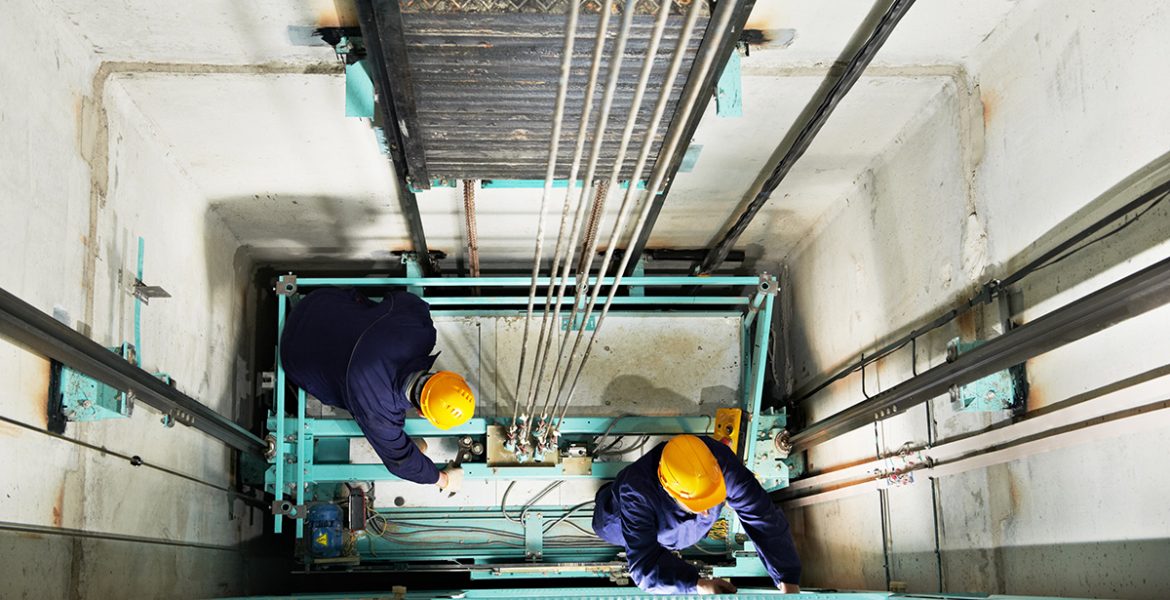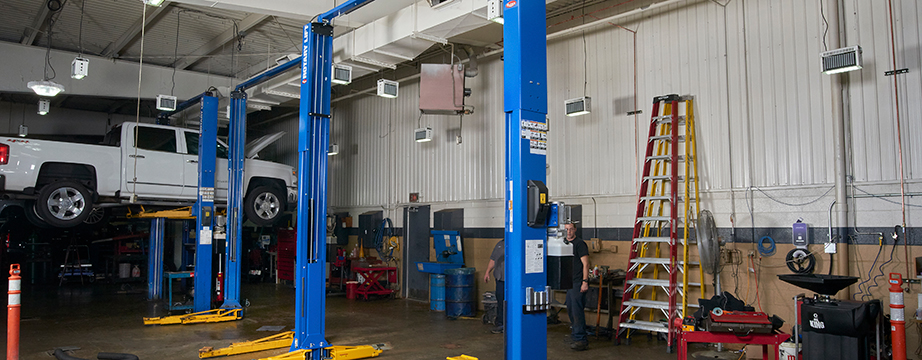Advanced Lift Engineer Course: Plan For Professions with Leading Lift Repair Companies Near Me
Advanced Lift Engineer Course: Plan For Professions with Leading Lift Repair Companies Near Me
Blog Article
Comprehensive Overview to Lift Systems and Their Upkeep
Browsing the intricate globe of elevator systems and their maintenance is a task that demands accuracy and knowledge. From the numerous sorts of elevator systems in operation to the precise adherence to safety laws, the maintenance of these upright transportation devices is a multifaceted undertaking. As buildings skyrocket higher and technology advances, the requirement for a comprehensive understanding of elevator systems comes to be increasingly essential. Join us as we untangle the intricacies of lift maintenance, discovering common issues, ideal methods, and innovative innovations that form the modern-day landscape of upright transport.
Types of Lift Equipments
The most typical kinds consist of hydraulic lifts, grip elevators, machine-room-less elevators, and vacuum cleaner lifts. Hydraulic elevators are excellent for low-rise buildings and make use of a hydraulic piston to move the elevator vehicle. Machine-room-less elevators are a space-saving option as they do not need a separate machine room for the elevator machinery.
Each kind of lift system has its very own benefits and negative aspects, making it crucial for structure proprietors and programmers to thoroughly consider their particular needs before picking the most appropriate option. Elements such as building elevation, space availability, energy effectiveness, and budget plan constraints all play a substantial duty in identifying the most effective elevator system for a specific building.
Usual Upkeep Problems
Routine upkeep of elevator systems is vital to ensure smooth operation and lengthen their lifespan. Regardless of regular upkeep, lift systems can still come across usual maintenance concerns that require to be immediately addressed to stop disturbances in service. Regular examinations and proactive upkeep can help determine and solve these typical upkeep problems before they escalate and influence the total efficiency of the lift system.
Safety And Security Regulations and Conformity
Sticking to rigid safety regulations and making sure compliance with market criteria are critical for maintaining the functional stability of lift systems. Elevators undergo a thorough collection of security guidelines to protect travelers, maintenance employees, and the basic public. Regulatory bodies such as the Occupational Safety and Wellness Administration (OSHA) in the USA and the European Lift Association (ELA) in Europe establish standards that cover different aspects of lift layout, operation, upkeep, and installation.
Compliance with these policies is not only a legal requirement but likewise an ethical commitment for building proprietors and elevator upkeep business. Normal examinations, maintenance checks, and adherence to safety useful reference methods detailed in the guidelines are essential to make certain the risk-free and reliable procedure of lift systems.
Finest Practices for Upkeep

Structure proprietors need to also take into consideration spending in innovation upgrades to enhance the effectiveness and safety of their elevator systems. By following these finest practices, lift systems can run efficiently and securely, supplying trusted upright transport for passengers.

Advanced Technologies for Effectiveness
Carrying out advanced technologies in elevator systems can significantly enhance operational performance and passenger experience. lift maintenance services. One of the vital improvements in lift technology is the intro of destination control systems. These systems allow guests to input their wanted flooring prior to entering the lift, which then directs them to the most efficient vehicle. By maximizing and minimizing unneeded stops travel courses, location control systems lower wait times and blockage in high-traffic structures.
Additionally, the integration of wise sensors and predictive maintenance capabilities has actually changed elevator maintenance. These sensing units can identify potential concerns before they intensify, making it possible for aggressive maintenance treatments and decreasing downtime. In addition, using regenerative drives and energy-efficient parts helps reduce power usage and operating expense in lift systems.
Additionally, the implementation of cloud-based monitoring and remote diagnostics enables real-time tracking of lift performance and prompt troubleshooting of any breakdowns. This aggressive method not just enhances system dependability however additionally improves the general customer experience by guaranteeing nonstop and smooth elevator procedures.
Verdict
Finally, comprehending the different kinds of elevator systems, usual maintenance issues, safety regulations, finest upkeep techniques, and progressed innovations for efficiency is essential for guaranteeing the smooth operation of elevators. By adhering to safety laws and implementing ideal methods for maintenance, structure proprietors can recommended you read lengthen the life-span of their elevator systems and make sure the safety and security of travelers. It is essential to remain upgraded on the most recent advancements in lift modern technology to improve effectiveness and integrity.
The most usual kinds consist of hydraulic elevators, traction elevators, machine-room-less lifts, and vacuum lifts. Hydraulic lifts are excellent for low-rise structures and make use of a hydraulic piston to move the lift cars and truck. Machine-room-less elevators are a space-saving choice as they do not require a separate machine room for the lift machinery. Routine assessments and aggressive maintenance can aid recognize and solve these common maintenance concerns before they escalate and influence the overall efficiency of the elevator system.

Report this page